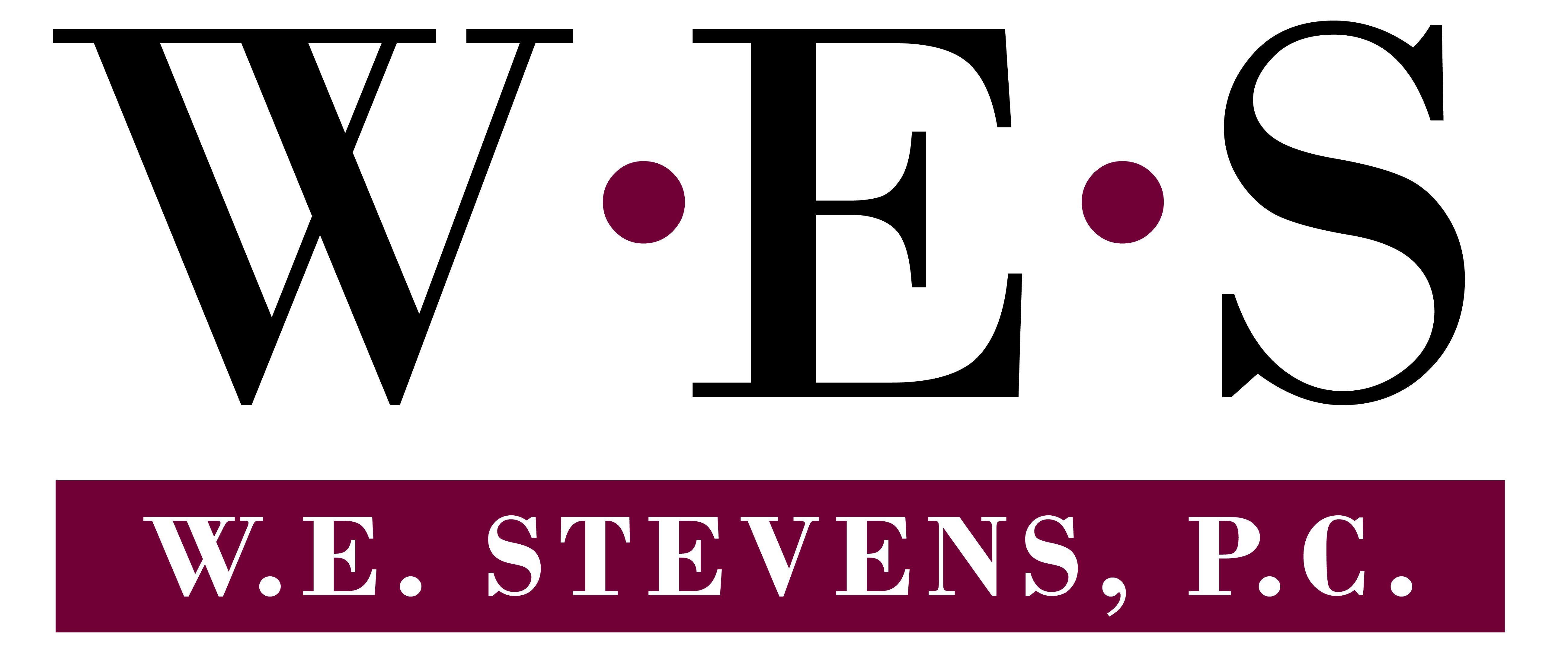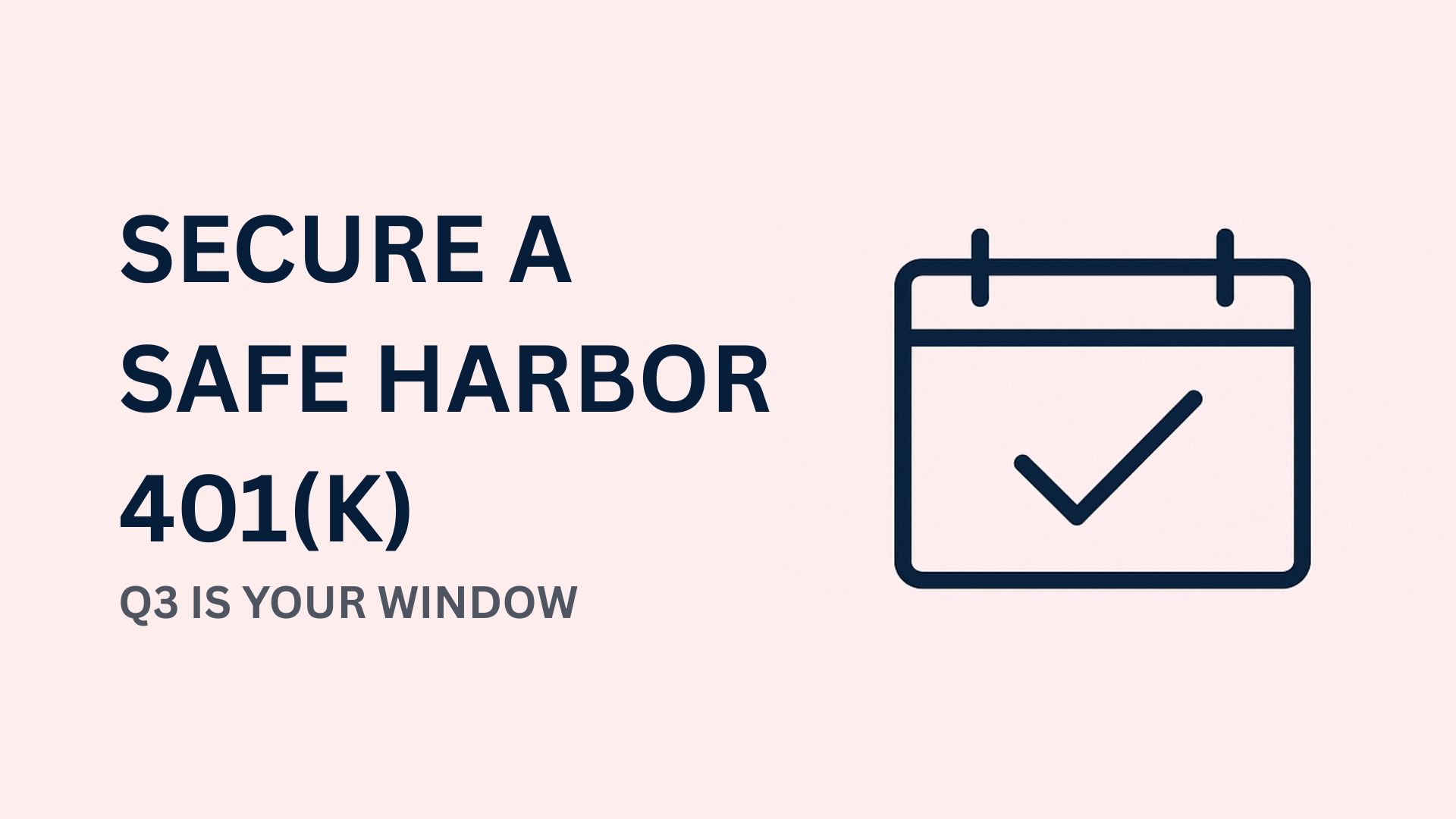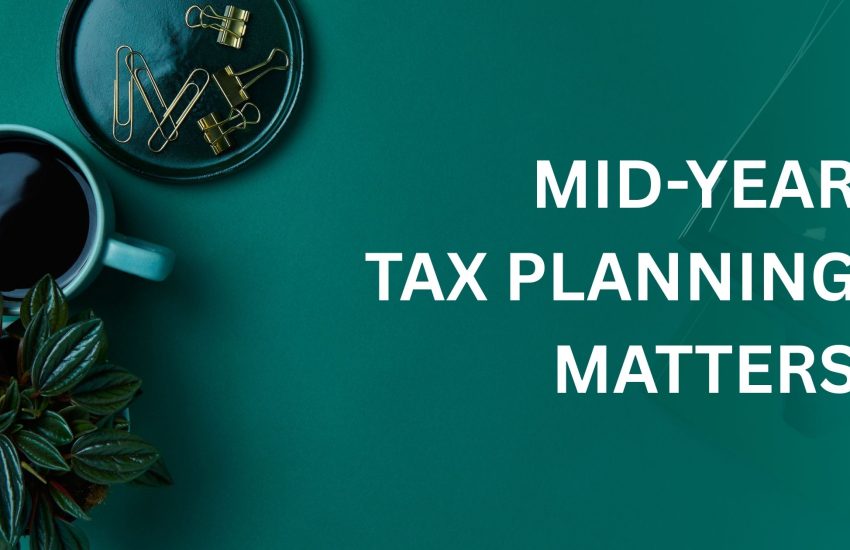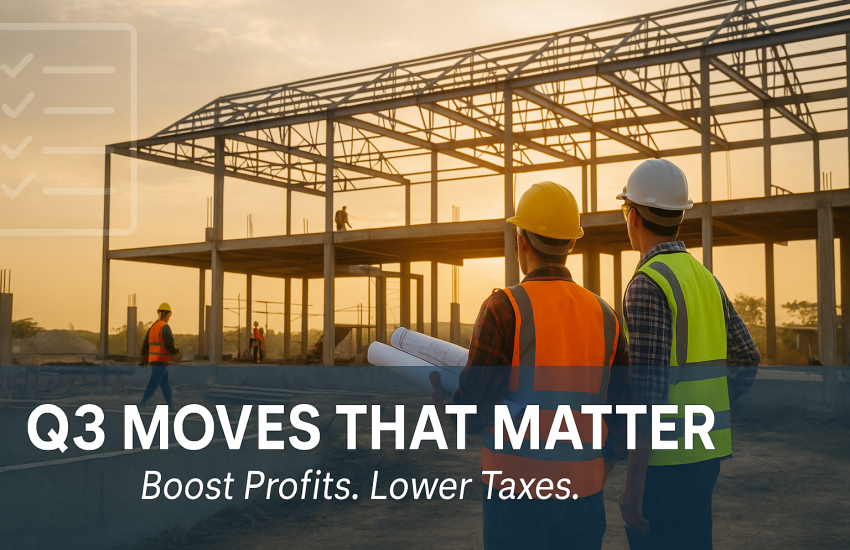Secure a Safe Harbor 401(k) Before October 1: Why Q3 Is Your Window of Opportunity
Secure a Safe Harbor 401(k) Before October 1: Why Q3 Is Your Window of Opportunity
If you’ve been thinking about offering a 401(k) to your employees — or improving your own retirement savings as a business owner — Q3 is when the clock starts ticking. For Safe Harbor 401(k) plans, you can’t wait until the end of the year.
To have your plan up and running for 2025, you must have documents signed and employee deferrals in place no later than October 1, 2025. That’s not just a best practice — it’s the IRS requirement known as the three-months-left rule.
In this article, we’ll break down:
- What a Safe Harbor 401(k) is
- Why it’s especially valuable for contractors and business owners
- The hard deadline that makes Q3 your action window
- Steps to get it done before October 1
- Tax benefits you don’t want to miss
What is a Safe Harbor 401(k)?
A Safe Harbor 401(k) is a retirement plan designed to meet specific IRS requirements that automatically satisfy certain nondiscrimination tests.
That’s a big deal if you’re a small to mid-sized business where owners and higher earners often end up restricted on how much they can contribute to their own retirement.
With a traditional 401(k), the IRS tests contributions each year to ensure the plan isn’t too top-heavy. If employees aren’t contributing enough, owners and key employees might have to take money out of their accounts — sometimes years later — in a process called “corrective distributions.”
A Safe Harbor 401(k) avoids this headache by requiring the business to make minimum contributions for employees, usually in one of these ways:
- Basic match: 100% match on the first 3% of compensation, plus 50% match on the next 2%
- Enhanced match: 100% match on the first 4% (or more) of compensation
- Non-elective contribution: 3% of compensation to all eligible employees, whether or not they contribute
In exchange for committing to one of these formulas, the IRS waives certain annual tests, giving business owners the freedom to contribute up to the annual 401(k) maximum without worrying about refunds.
Why Safe Harbor 401(k)s Are a Win for Contractors and Closely Held Businesses
If you run a construction company, real estate business, or other closely held operation, you probably face one or more of these challenges:
- Uneven employee participation — Some employees contribute to retirement plans, others don’t. This imbalance triggers testing failures in a traditional 401(k).
- High owner contributions — As an owner, you want to maximize your retirement savings and reduce your taxable income without IRS limits pulling you back.
- Employee retention needs — Skilled workers are hard to find and keep. Offering a competitive retirement plan with guaranteed employer contributions can set you apart.
A Safe Harbor plan addresses all three:
- Guarantees employees a meaningful benefit
- Allows you and other highly compensated employees to contribute the full limit ($23,000 in 2025, plus $7,500 catch-up if over 50)
- Eliminates the year-end “surprise” of failed compliance testing
The October 1 Deadline and the ‘Three-Months-Left’ Rule
The IRS requires that a new Safe Harbor 401(k) be in place for at least three months during the plan year.
Since most plans run on a calendar year (January–December), that means the plan must:
- Be established no later than October 1
- Have employee deferrals begin by that date
If you miss October 1, you’ll have to wait until January 1, 2026, to start — which means losing a whole year of potential tax savings and employee benefit.
Why Q3 Is Decision Time
Q3 (July–September) is the practical window to act because:
- Plan setup takes time — Choosing a provider, drafting documents, setting up payroll integration, and educating employees all take weeks.
- Summer delays happen — Owners, decision-makers, and employees may be on vacation. Waiting until late September risks missing the deadline entirely.
- Cash flow planning — Employer contributions are a real expense. Planning in Q3 lets you align the budget before the busy year-end.
For many contractors and small business owners, September is also when work is still steady before winter slowdowns, making it a logical time to finalize benefits planning.
Steps to Set Up a Safe Harbor 401(k) Before October 1
Here’s what the process typically looks like:
1. Consult Your CPA or Financial Advisor
Before you commit, run the numbers. Your advisor can show you:
- How much employer contributions will cost
- How much you’ll save in taxes
- The break-even point for your specific situation
2. Choose Your Safe Harbor Formula
Decide whether you’ll offer a matching contribution (only to those who contribute) or a non-elective contribution (to all eligible employees). Each has different retention and cost implications.
3. Select a Plan Provider
Look for a provider who:
- Specializes in small business plans
- Has transparent feesOffers easy payroll integration
- Provides employee education and support
4. Draft and Sign Plan Documents
Your provider will prepare the legal plan document and Safe Harbor notice. This must be finalized before the plan starts.
5. Communicate With Employees
You must give eligible employees a Safe Harbor notice at least 30 days before the plan starts. For an October 1 start, that means notices must go out by September 1.
6. Coordinate Payroll and Recordkeeping
Set up deferral percentages, employer contributions, and compliance tracking with your payroll provider.
The Tax Benefits for 2025
Setting up a Safe Harbor 401(k) before October 1, 2025, gives you:
- Immediate owner contribution potential — Up to $23,000 (plus $7,500 catch-up) in employee deferrals, plus profit-sharing options that can bring total contributions up to $69,000 ($76,500 with catch-up)
- Business tax deduction for employer contributions
- Startup tax credits — Up to $5,000/year for the first three years for plan setup and administration, plus an additional $500/year for adding automatic enrollment
What Happens if You Miss the Deadline?
If you don’t act by October 1:
- You can’t have a Safe Harbor 401(k) for 2025
- You can set up a regular 401(k), but you’ll be subject to testing — and potentially refunds to owners/high earners
- You’ll lose out on a year of higher contribution limits and tax deductions
Bottom Line
If you want the peace of mind, higher contribution limits, and tax advantages of a Safe Harbor 401(k) for 2025, your real deadline is October 1, but your action window is Q3.
Don’t wait until fall chaos sets in — start the conversation with us today. Call us at (402) 932-8815.
Sincerely,
W. E. Stevens, PC
Serving you through a thoughtful client experience, wise long-term perspective, and very experienced staff



